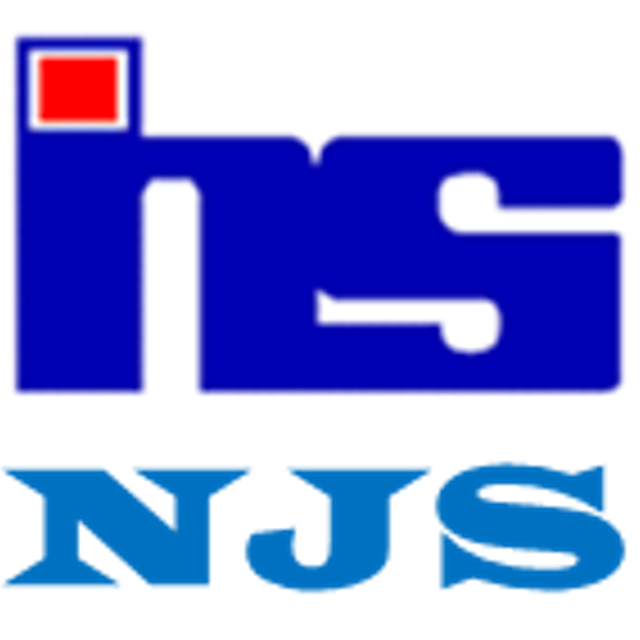
Nagar Jal Suraksha (NJS) Android App.
An aid to field testing and quality monitoring for municipal water utilities.
Online water quality monitoring, sampling and laboratory analysis are key components of contamination warning system for water utilities. Water Quality Investigators (WQIs) have to cover service areas for online testing of residual chlorine and to collect samples for bacteriological and chemical analysis in laboratory.
Chlorine is a powerful disinfectant and is widely used by water utilities in India. Chlorine that remains after meeting the demand for disinfection and formation of combined chlorine, is called free residual chlorine or simply residual chlorine (RC). The presence of chlorine residual in drinking water indicates that: 1) a sufficient amount of chlorine was added initially to the water to inactivate the bacteria and some viruses that cause diarrheal disease; and, 2) the water is protected from recontamination during storage & transmission. The presence of free residual chlorine in drinking water is correlated with the absence of disease-causing organisms, and thus is a measure of the potability of water. When chlorine cannot be detected in a municipal tap water, this indicates that either contamination has entered somewhere in the pipe lines from service reservoir to the tap or enough chlorine was not added at the Service Reservoir. The World Health Organization recommends that all chlorinated systems should be sampled and samples analysed for residual chlorine at least once a day. In larger systems sampling should be more frequent and samples for residual chlorine should be taken at various points in the distribution system (WHO, Monograph 63 1976).
Free Chlorine in water is unstable and the amount of chlorine in water may go down quickly, especially in warm climates. Sunlight makes free chlorine to disappear quickly. Shaking of water in a container will also make Free Chlorine disappear soon. Hence, Chlorine testing should be carried out on-site. The WHO (Monograph on Surveillance of Drinking Water Quality, 1976) requires that all chlorinated systems should be sampled and samples analysed for residual chlorine at least once a day. In larger systems sampling should be more frequent and samples for residual chlorine should be taken at various points in the distribution system.
In addition to field testing of residual chlorine (FTRC), bacteriological testing and chemical analysis of samples taken at various points in the distribution system is critical.
The  app helps WQIs record field test results and sampling locations. WQIs can easily identify testing & sampling locations by selecting items from dictionaries of service reservoirs, area names etcetera. Records of a day’s work can be exported and emailed to central data processing office for consolidation and analysis. The NJS app allows for recording of data under multiple channels of monitoring. For example; a water utility may have one program of daily monitoring service reservoirs, another program for periodical monitoring of water quality in residential areas, and yet another program for investigation of consumer complaints. Each program can be assigned a channel code. WQIs can select the assigned channel once and continue their work. The app has separate forms for testing and sample collection from Service Reservoirs, Households, and water Tankers. WQIs can work in online mode staying connected with dictionaries from the central data processing office or in offline mode to save on data charges or in areas where mobile data network is not available.
app helps WQIs record field test results and sampling locations. WQIs can easily identify testing & sampling locations by selecting items from dictionaries of service reservoirs, area names etcetera. Records of a day’s work can be exported and emailed to central data processing office for consolidation and analysis. The NJS app allows for recording of data under multiple channels of monitoring. For example; a water utility may have one program of daily monitoring service reservoirs, another program for periodical monitoring of water quality in residential areas, and yet another program for investigation of consumer complaints. Each program can be assigned a channel code. WQIs can select the assigned channel once and continue their work. The app has separate forms for testing and sample collection from Service Reservoirs, Households, and water Tankers. WQIs can work in online mode staying connected with dictionaries from the central data processing office or in offline mode to save on data charges or in areas where mobile data network is not available.
Nagar Jal Suraksha (NJS) App - Privacy Policy: Click here to access the privacy notice.
-------------
